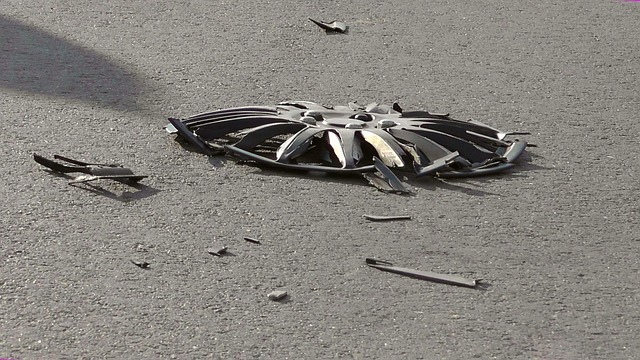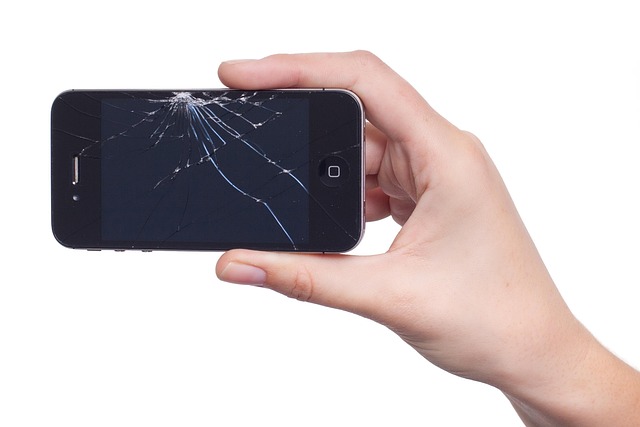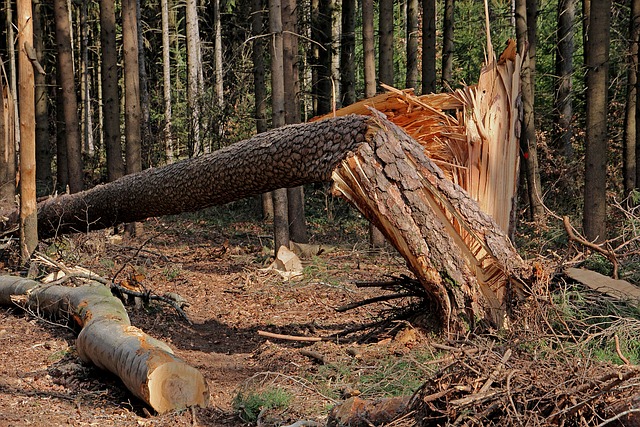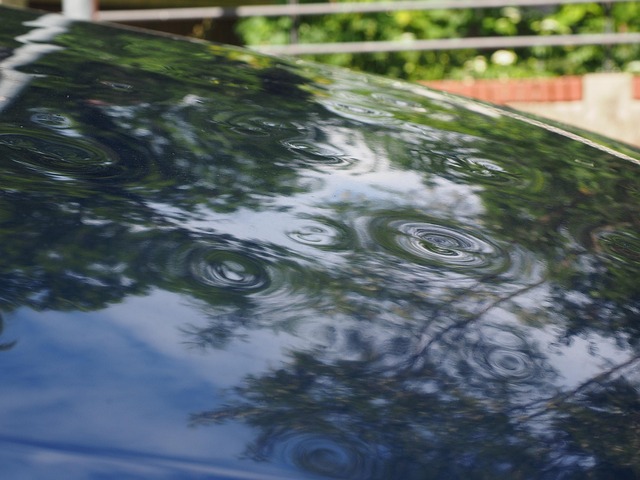Ceiling mold growth, caused by water intrusion, humidity, or poor ventilation, requires swift action. Detection of discolored patches leads to a multi-step removal process involving protective gear, containment, cleaning solutions, and addressing moisture issues. Prevention includes improving ventilation, repairing leaks, using anti-mold products, and regularly monitoring drywall for moisture. After thorough cleaning with detergent and water, applying mold-resistant coating helps prevent recurrence. In severe cases, professional assistance is recommended for complex infestations and long-term solutions like fixing leaky pipes or improving ventilation.
Tired of dealing with recurring mold on your drywall ceilings? Understanding and addressing this issue is crucial. This comprehensive guide explores effective strategies to prevent and remove mold, focusing on techniques for eliminating existing growth and halting its return. From pre-preventive measures to post-removal care, we cover it all. Learn how to identify problem areas, implement best practices, and seek professional assistance when needed, ensuring a mold-free environment in your home or business.
- Understanding Mold Growth on Drywall Ceilings
- Pre-Prevention Measures to Stop Mold Return
- Removing Mold: Effective Steps and Techniques
- Post-Removal Care to Prevent Recurrence
- Professional Assistance for Severe Mold Infestations
Understanding Mold Growth on Drywall Ceilings

Mold growth on drywall ceilings is a common issue that requires immediate attention to prevent recurring problems. Understanding how mold thrives in such environments is crucial for effective prevention and removal. Mold, particularly in ceiling areas, often results from water intrusion or excessive moisture. This can stem from leaks, poor ventilation, or high humidity levels. When left unaddressed, it creates the perfect conditions for mold spores to flourish. These spores then produce mycelia, a web-like structure that digests and breaks down organic materials, leading to visible mold growth.
Identifying mold early is key to removing it effectively. Look for discolored patches or stains on the ceiling, which may indicate the presence of mold. Different types of molds can vary in color, from black and green to white or even pink. Once discovered, proper removal techniques should be employed. This involves wearing protective gear, containing the affected area, and using specialized cleaning solutions to kill and remove the mold. It’s essential to address the underlying moisture issues to prevent mold from returning after removal.
Pre-Prevention Measures to Stop Mold Return

To effectively prevent mold from returning on drywall, it’s crucial to take proactive measures both before and after addressing an existing mold issue. Start by ensuring proper ventilation in your home, especially in areas prone to high humidity like bathrooms and kitchens. Regularly check for leaks and promptly repair any plumbing issues as moisture is a primary catalyst for mold growth. Before beginning any renovation or cleaning, consider using products designed to inhibit mold growth, such as anti-mold paint or primers.
Additionally, removing mold from ceilings should involve thorough cleaning with a solution of water and mild detergent, followed by drying the area completely. It’s important not just to mask but truly remove existing mold to prevent future regrowth. After cleaning, apply a mold-resistant coating for an extra layer of protection. Regularly inspect your drywall for any signs of moisture or discoloration, addressing them immediately to avoid another mold infestation.
Removing Mold: Effective Steps and Techniques

Removing mold from ceilings involves a systematic approach to ensure it doesn’t reappear. Start by identifying and addressing the source of moisture, as mold thrives in damp environments. Fix any leaks or improve ventilation to make the space less hospitable for mold growth. Put on protective gear, including gloves, goggles, and a mask, before beginning cleanup. Mix a solution of water and mild detergent, then use a sponge or cloth to scrub the affected area thoroughly. For stubborn stains, consider using a commercial mold remover, following the product’s instructions for safe application. After cleaning, dry the ceiling completely with a clean towel or fan to prevent re-moisturization. Lastly, dispose of all cleaning materials properly to avoid spreading mold spores.
Post-Removal Care to Prevent Recurrence

After successfully removing mold from drywall, proper post-removal care is crucial to prevent its recurrence. The first step is to ensure thorough cleaning of the affected area. Use a combination of mild detergent and water to wipe down the surface, paying close attention to corners and crevices where mold often hides. Rinse the area with clean water to remove any residual detergent or mold spores.
Next, consider using anti-mold treatments or paints designed to inhibit mold growth. These products create a protective barrier on the drywall, making it less susceptible to future mold colonization. Additionally, maintain excellent ventilation in the room by keeping windows open and using fans to promote air circulation. Regularly monitor the area for any signs of moisture accumulation or musty odors, as these could indicate returning mold issues.
Professional Assistance for Severe Mold Infestations

In cases of severe mold infestations, particularly on drywall ceilings, it is advisable to seek professional assistance. Removing mold from ceilings can be a complex task that requires specialized equipment and knowledge. Professionals are trained to identify the source of moisture intrusion, which often lies at the root of mold growth. They will not only safely remove existing mold but also take steps to prevent its recurrence by addressing any underlying issues like leaky pipes or poor ventilation.
Professional services can provide a thorough and effective solution, ensuring that the mold is completely eradicated and doesn’t return. This is especially crucial for larger-scale infestations where do-it-yourself methods may not be adequate. With their expertise, they can offer long-term solutions to keep your ceiling dry and free from mold, providing peace of mind and a healthier living environment.
